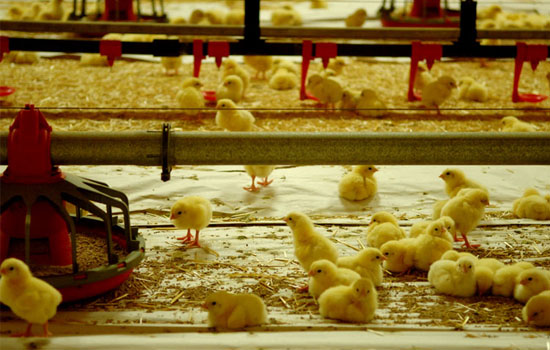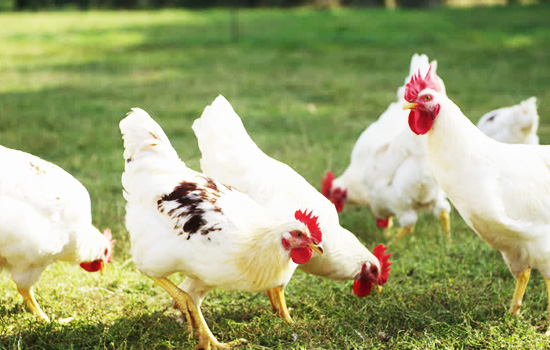Safety operation points for automatic chicken equipment
- Published in Method of breeding chicken
Fully automatic poultry farming equipment is an auxiliary equipment that many farmers now choose when they carry out breeding work, especially the chicken industry. The common farmers will use automatic chicken equipment to raise chickens, improve efficiency and efficiency, and fully automatic. Most of the chicken equipment is mechanized equipment. It should be operated in accordance with the safety regulations of the correct method, so as not to affect the safety of the equipment and the human body. Here is a brief description of some safe operation of using fully automatic chicken equipment. Key points.
During the operation of the equipment, it is strictly forbidden to observe the running condition of the equipment and open the relevant inspection port for overhaul. If it is really necessary to observe the operation of the relevant components during operation, professional personnel are required to follow the procedures and have the necessary personal protective measures. When the farmer is inspecting, repairing and maintaining, the staff member must ensure that the main power switch is disconnected and the main power switch is blocked, otherwise serious injury accidents may occur.

The installation, maintenance or maintenance of electrical equipment must be carried out by professional electric operators in accordance with the regulations, otherwise serious injury accidents may occur. The protective parts of the equipment are an important part of the equipment and should not be removed at will. If damage occurs, it should be repaired or replaced in time.
In general, the automatic chicken equipment manufacturers will set up a shock line in the lower part of the trough when the egg cage equipment is being produced. This is to prevent the chicken from going to the quail egg, so this requires the farmers not to touch the hand. Touch to avoid being injured. Many equipments in breeding equipment need electricity. Therefore, farmers should pay attention to the operation of the power supply part. The power cord should be equipped with a special protective sheath, and the wiring part of the equipment should have a special terminal block to prevent leakage. Causing an accident.
The use poultry farming cage or maintenance of the operator must be professionally trained and operated in strict accordance with the relevant operating procedures. The device has relevant safety operation warnings, please pay attention to and carefully read these tips when using or maintaining.

